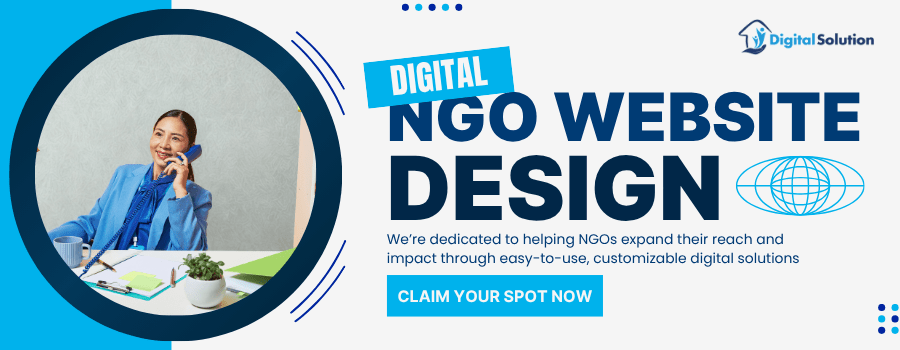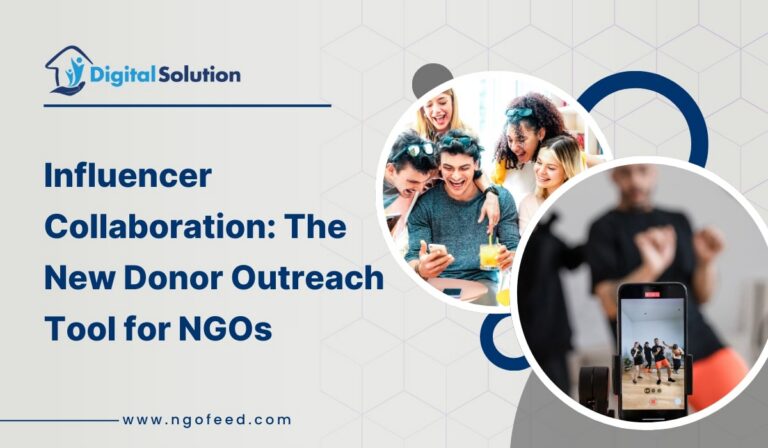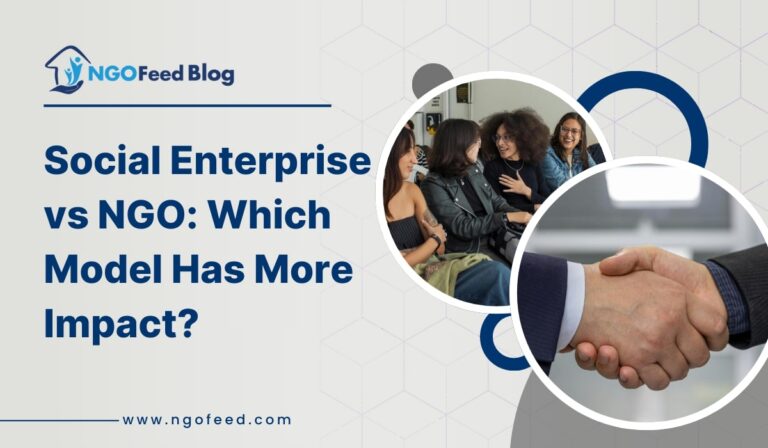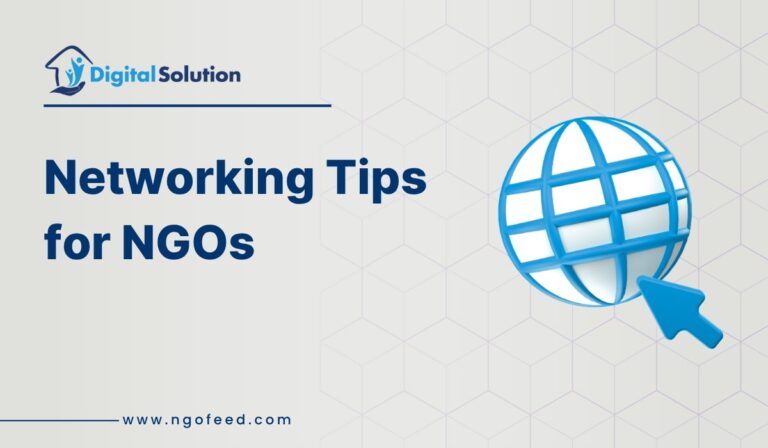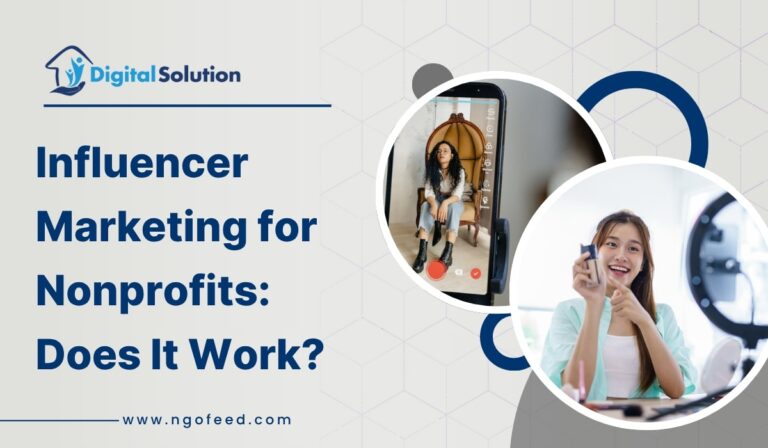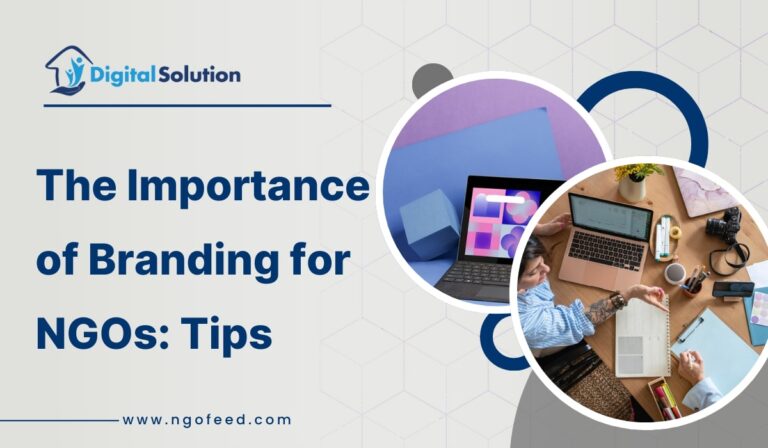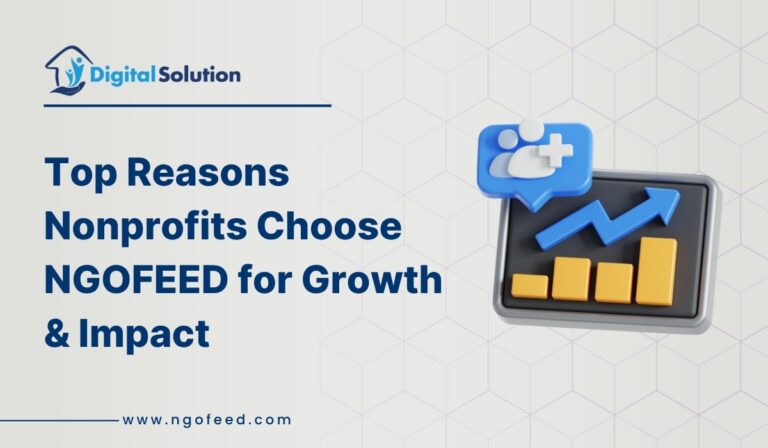10 Content Marketing Best Practices for NGOs: According to the Nonprofit Marketing Trend Report 2025, over 87% of NGOs say content marketing is their most effective way to attract donors, engage volunteers, and raise awareness of their cause. So it really is important. But anyone who has tired to grow an NGO online understand that NGO content marketing is far from easy.
You will often come across tons of confusing advice like:
- Just post more on social media- as if that alone builds trust.
- Case studies from global nonprofits that already have huge budgets and media teams.
Overhyped “new hacks” this scattered information doesn’t not help your NGO stand out in the competitive digital era.
Because Content marketing success for nonprofits is not one-size-fits-all.
Every NGO has a unique mission, audience, and communication style. What works for UNICEF might not work for a small community foundation.
so, what is the right way to create impactful and high-ranking NGOs’ content?
That’s exactly what we’ll uncover in this guide 10 Content Marketing Best Practices for NGOs, packed with SEO-optimized, practical strategies that actually help nonprofits grow awareness, build credibility, and inspire global action.
Table of Contents
What is Content Marketing for NGOs?
Content Marketing for NGOs means the strategies of creating, publishing, and distributing valuable, relevant, and consistent content to raise awareness, attract donors, inspire volunteers, and drive social impact.
Other business use content marketing to attract customers but instead of selling a product, NGOs use it to promote their mission, values, and social causes. And through the process NGOs involves sharing meaningful stories, visuals, and data that build emotional connections with people, ultimately encouraging them to donate, volunteer, or advocate for your cause.
In simple terms, Content Marketing helps NGOs build trust, strength community, and showcase their real-world impact through blogs, article, video and social media and storytelling campaigns.
The ultimate goal?
To build a community of supporters who trust your NGO, believe in your mission, and take consistent action to create real-world change.
In brief, Content Marketing for NGOs involves:
- Step 1: Identifying your target audience (donors, volunteers, communities).
- Step 2: Creating powerful and SEO-optimized content for nonprofits that educates, inspires, and motivates.
- Step 3: Promoting that content through the right channels (website, social media, email).
- Step 4: Measuring engagement and optimizing your strategy for better impact.
So now you know the overall framework.
But to actually grow your NGO’s reach and influence, you must understand and implement the 10 Content Marketing Best NGOs- and that is exactly what we will explore next.
1. Optimize Your NGO Website for Conversions
Want to increase donations and volunteer sign-ups? Then start with your NGO website — it’s your digital headquarters. Most nonprofits lose potential supporters simply because their site isn’t optimized for engagement and conversions.
Here is how to starts:
1. A/B Test Key Web Pages
Does changing your donation button color or position increase conversions?
Will adding emotional stories to your homepage get more clicks? Without implementing you never knows the results.
For this you can use tools such as Google Optimize or Hotjar Heatmaps to see where users spend time and what they ignore. After this , experiment with placement, visuals and CTAs.
2. Fix Broken Links and Pages
Broken pages kill trust. Identify 404 pages and fix them immediately with the help of Ahrefs, SEMrush .
3. Make It Mobile-Friendly
Over 75% of organisation website traffic now comes from mobile. Test your site on Google PageSpeed Insights and ensure fast loading, clear buttons, and clean navigation.
When optimized correctly, your existing visitors can turn into long-term supporters — without any paid ads.
2. Create a Clear Content Mission Statement
Before you post your next blog or campaign — ask yourself “Why?”
Every piece of content your NGO creates must serve a purpose. That’s where your content mission statement comes in.
This helps to know your audience, and create content accordingly, and strength their emotional connection to your organisation mission.
Example:
“We create inspiring stories and educational resources to empower people to take action against climate change.”
After setting it clearly, connect every article, videos and social captions with that mission of nonprofit groups. It helps to keep your message consistent and makes your NGOs stand out as authentic.
3. Leverage Storytelling to Build Emotional Connection
Statistics inform, but stories create impact.
Always use human-centred storytelling to reflect the lives of your NGOs has positively impacted. Instead of this “Our NGOs helped 200 families” share the story of one with graphics
Here’s how to master NGO storytelling:
- Showcase before-and-after transformations.
- Feature quotes from beneficiaries or volunteers.
- Include short videos or reels with captions.
- End every story with a call to action — “Donate Now,” “Volunteer Today,” etc.
A great story doesn’t just describe change; it drives it.
4. Focus on SEO for Nonprofits
Want your organisation to appear on Google when people search for “best charity for education” or “how to volunteer near me”?
Then you need SEO optimization.
Start by:
- Earning backlinks from trusted platforms (like directories, news mentions).
- Focus on long-tail keywords like “How to support girls education NGOs” or ‘Donate for purify water“.
- Use proper headers in blog (H1, H2, H3) and focus on SEO while writing.
- If you are using WordPress, then also use Yoast SEO or Rank Math .
Optimized content not only improves visibility but also helps your organisation gain organic traffic — without spending on ads.
5. Repurpose Content Across Platforms
It can be difficult to create new content consistently.
The smarter move? Repurpose what you already have.
For example:
- Turn a blog into an Instagram carousel.
- Convert volunteer testimonials into YouTube shorts.
- Turn annual reports into infographics.
Through repurposing you can save time and maximizes reach and ensuring your content reaches audiences across social media, email and your website.
6. Use Email Marketing to Nurture Supporters
Using Email Marketing which is one the most converting tools.
But don’t just send donation appeals — nurture relationships.
Here’s how:
- Welcome and thank you email to your new subscribers.
- Send monthly impact updates or stories.
- Breakdown your list (Donors, volunteers, partners) and send well-tailored messages.
- Use clear CTA at the end. (Donate, Share, Attend)
Tools like Mailchimp, Zoho Campaigns, or ConvertKit make this easy and automated.
Consistent email storytelling builds loyalty and turns one-time donors into lifelong supporters.
7. Collaborate with Influencers and Partners
In 2025, influencer collaborations are a powerful marketing method and trending.
Your foundation reach to target audience with collaboration with micro-influencers those have 5k-50k followers.
Here’s how to do it right:
- Choose influencers aligned with your cause (environment, health, education).
- Provide them with real stories or campaign hashtags.
- Encourage user-generated content using your NGO’s campaign tag.
This boosts visibility, credibility, and SEO reach — all while expanding your digital community.
8. Leverage Video and Visual Content
Visual content dominates digital landscape.
According to HubSpot, posts with videos generate 80% more engagement than text-only ones.
For NGOs, this means:
- Create short, emotional reels for awareness campaigns.
- Upload educational explainers about your cause on YouTube.
- Share behind-the-scenes clips of your fieldwork or events.
Don’t worry about perfection — authenticity wins over polish in the nonprofit space.
9. Track and Measure Impact
If you can’t measure it, you can’t improve it.
Track your content performance using:
- Google Analytics (for traffic and engagement).
- Meta Insights or LinkedIn Analytics (for social reach).
- Email open rates and conversion reports (for fundraising campaigns).
Identify which content drives the most engagement — and double down on it.
Regular analysis ensures your NGO’s content strategy evolves with your audience’s interests.
10. Stay Consistent and Authentic
Finally — the most powerful rule of all: Consistency and authenticity win every time.
Your supporters don’t expect perfection; they expect honesty.
Stay active across your platforms, post regularly, reply to comments, and share updates — even small ones.
Authenticity builds trust, and trust builds donations, volunteers, and long-term impact.
Conclusion
Building a Sustainable Content Marketing Strategy for NGOs in 2025: In today’s digital-first world, effective content marketing for NGOs is no longer optional — it’s essential for survival and growth. From optimizing your website and mastering SEO to storytelling and influencer collaborations, every strategy you implement helps your organization connect deeply with people who care about your cause.
The key lies in authenticity, consistency, and value. Your audience doesn’t just want to see what you do — they want to feel why you do it. By sharing real stories, showing measurable impact, and using data-driven insights, your NGO can turn awareness into action and visitors into loyal supporters.
Remember, strong nonprofit content marketing doesn’t depend on massive budgets — it thrives on clarity, creativity, and connection. When your mission-driven content aligns with the right strategy, you not only attract donors and volunteers but also build a community that amplifies your impact.
As 2025 unfolds, NGOs that embrace these best practices will lead the way — driving greater visibility, engagement, and long-term change.
Create content that inspires. Share stories that move hearts. And let your digital presence be the voice of your mission.


